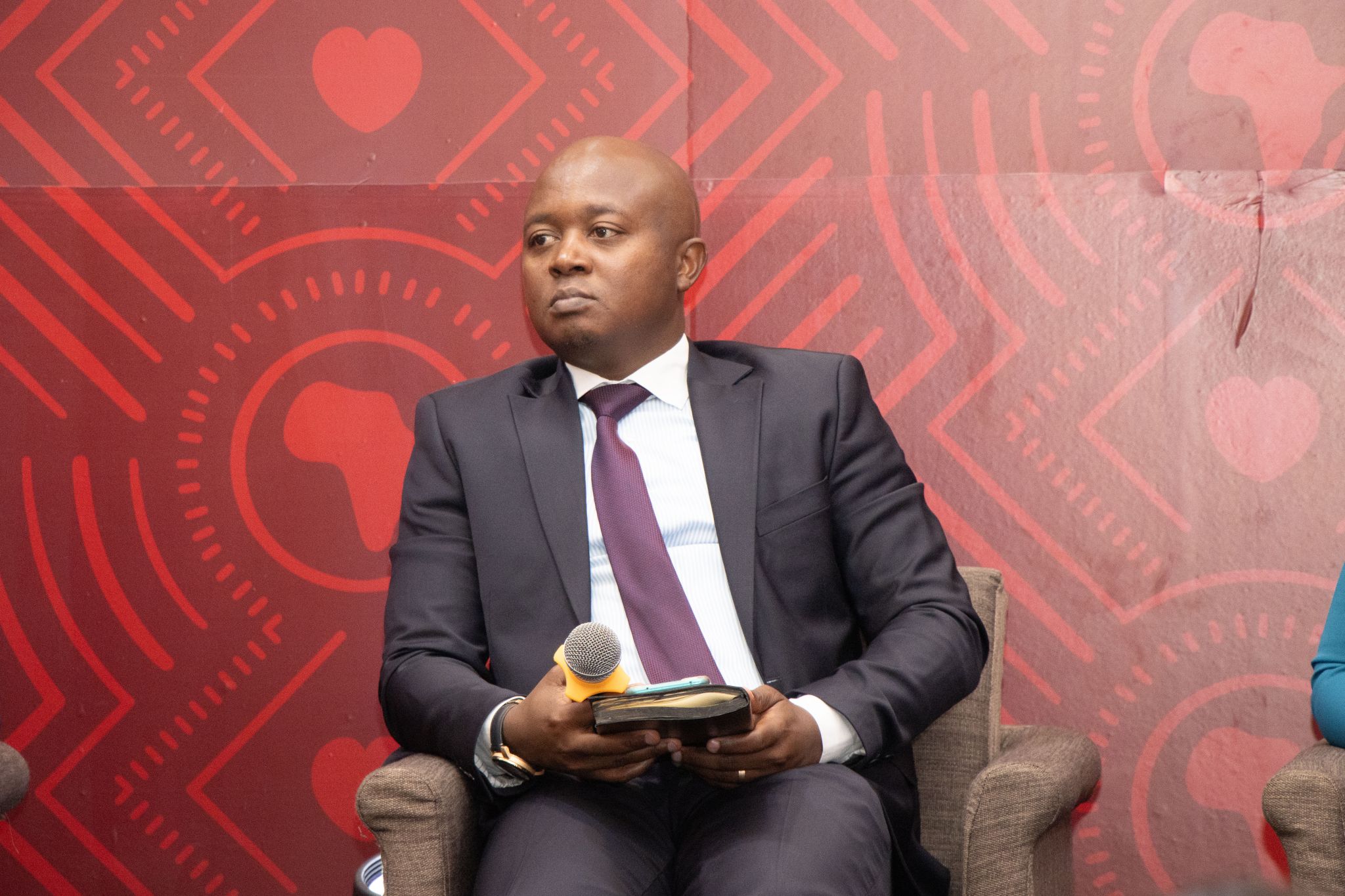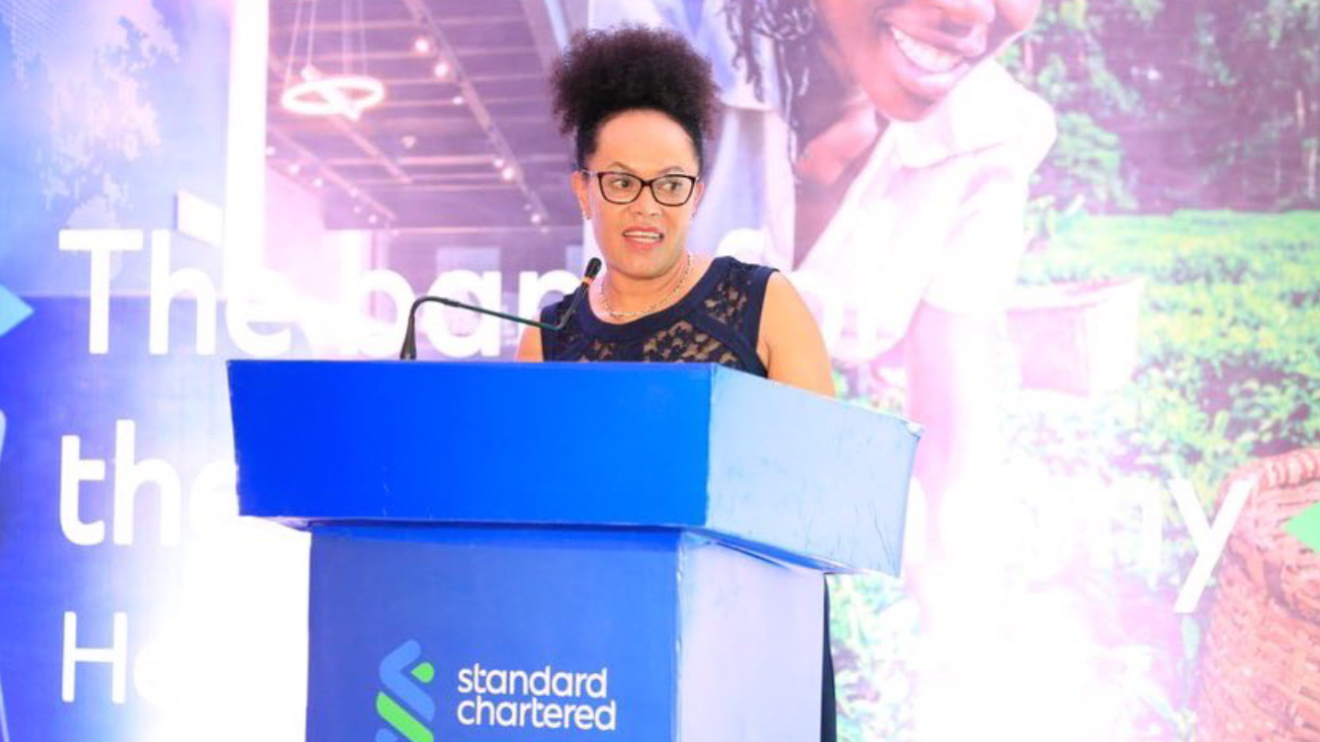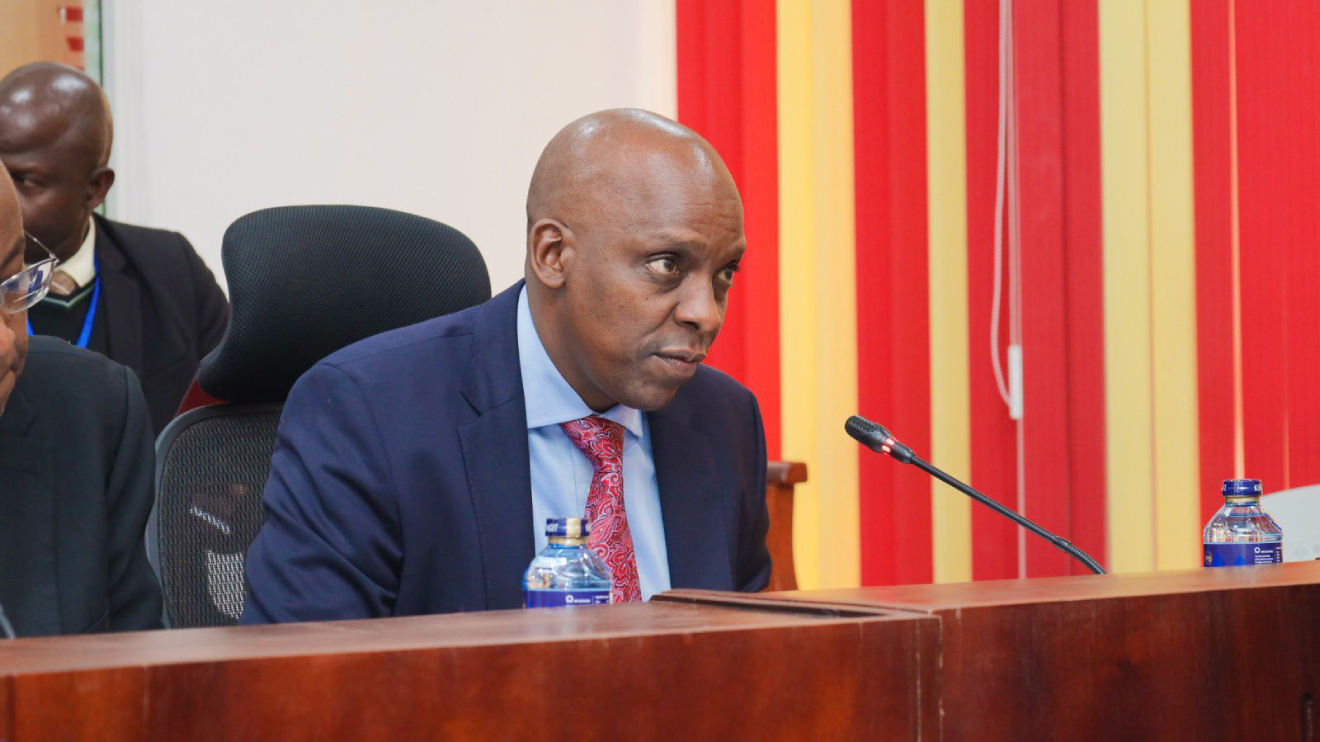By Paul Russo
That climate change lobbyists disrupted a military parade in London during Queen Elizabeth's Platinum Jubilee celebrations on June 2 is not a minor development.
It got global attention, as the protesters had wanted, coming just days before the World Environment Day. But so did the climate change message.
The protest is part of a wave of global push towards climate action, as the world marked the Environment Day on June 5.
The 2022 World Environment Day campaign dubbed #OnlyOneEarth called for collective, transformative action on a global scale to celebrate, protect and restore our planet.
Read More
Since the start of the Industrial Revolution in the 18th century, the use of machinery and constant automation has propelled technological advancements, urbanization, and economic growth.
Industrialization has been a major driver of prosperity across the world.
However, it has had its downside, such as contributing to environmental pollution and depletion of natural resources, which have resulted in global warming and accelerated climate change.
The depletion of our natural resources and injection of Green House Gases into the atmosphere should be of concern to all of us because we only have one earth, we call home, and its resources are not increasing at the same pace that we are drawing them.
It is, therefore, our duty to conserve these natural resources.
The effects of climate change are clear, and all sectors are being impacted. Sadly, the majority of these effects are irreversible.
The agricultural sector, a key catalyst of Kenya’s economy, is one of the worst hit due to erratic and unpredictable weather patterns accompanied by long periods of drought and heavy floods.
This has also had a direct impact on tourism, which is equally important to our economy. Therefore, most of the economic sectors rely on climate safeguarding to thrive.
For us to take care of current and future generations, measures to adapt and mitigate the impact on climate need to be put in place. However, this comes at a cost.
It is estimated that over $130 billion is needed each year for adaptation measures alone in Africa. This amount is projected to increase to $140 – $300 billion per year by 2030.
Despite this uphill ask, there is hope that we can get the amount required to finance climate action, with proper utilization of cross industry synergy.
Financing interventions against climate change requires a collaborative effort between private and public sectors.
Looking at the required amount for climate finance in developing countries, there is no doubt of the need for global support from developed markets and development financial institutions to develop funding vehicles and mechanisms to spur climate finance.
International organisations such as the International Finance Corporation (IFC) and the Global Climate Fund (GCF) have led in supporting climate financing in developing countries.
As a financial institution, KCB, with operations across East Africa, has partnered with these organisations to finance climate-related investments in this region.
In 2020, the bank became the first financial institution in East Africa to be accredited by GCF to disburse climate investments in the region.
Great strides have been made since these accreditation process, with traction of green lending increasing across the bank.
As a financial institution operating in this region, we are keen to transform our portfolio by supporting the low carbon transition through financing, clean energy, sustainable infrastructure, smart agriculture, energy efficiency which touch on critical processes of our customers.
Despite the advent of sustainability frameworks within financial institutions, there is an urgent need to lead in sustainable financing.
To do this better, financial institutions must build internal capacities for their teams in charge of climate finance as well as deploy frameworks and favorable internal policies that favor climate finance and adopt climate risk as part of the principal risks.

The issuance of climate-related risk disclosures guidelines by the Central Bank of Kenya (CBK), gives banks an opportunity to further strengthen the structures and policies that had already been put in motion.
KCB has for example onboarded these guidelines with an aim to ensure more safeguards are considered against climate risks.
Additionally, Social and Environmental (S&E) assessment is being mainstreamed for projects seeking finance to ensure all risks are considered.
Last year, KCB assessed S&E threats of projects worth KShs.245 billion.
Lenders stepping into climate finance will accelerate the fight on climate change. By lending to customers who are transitioning to green, businesses and projects, financier’s will green their loan books and stand to attract financial pull from likeminded investors.
They will star in the green economy transition, build their brand reputation, and emerge as thought leaders in the sustainability space.
It is time for Africa through our financial institutions to rise.

Banks on the continent should adopt sustainable measures as this will in turn ensure our business practices and those of our customers are sustainable in the long run.
Joining global alliances such as Net Zero Banking Alliance and Green Climate Fund is also an avenue in which we ensure that we are part of the decision making and strategy building, guiding the technical work that needs to be done in the sustainable space.
On the other hand, businesses that are seeking financing need to embrace green projects such as renewable energy, proper waste disposal, or water efficiency that go a long way in effective resource utilization.
There's no planet B, so let's take better care of Planet A.
The writer is KCB Group Chief Executive Officer





-1753808187.jpeg)






